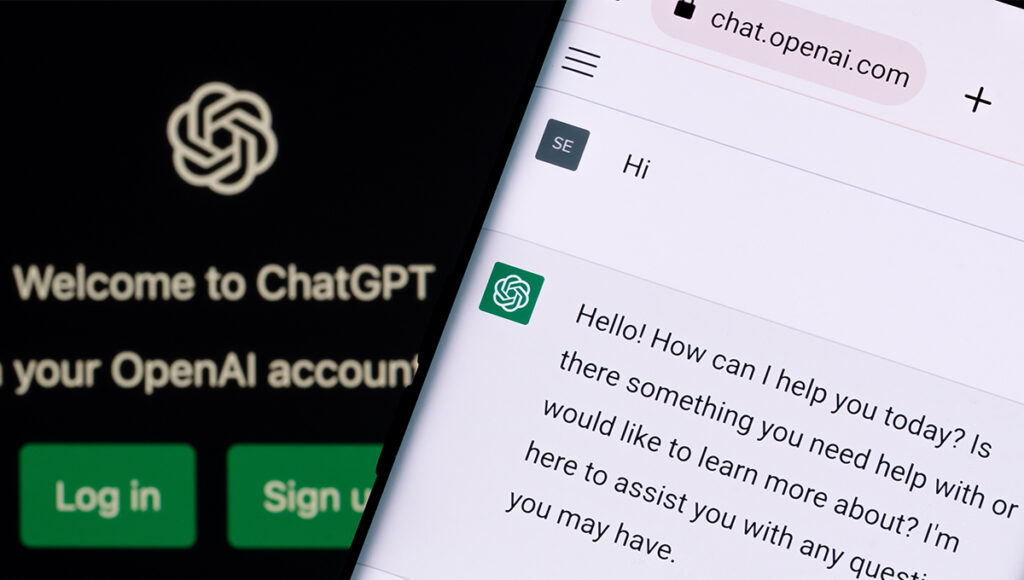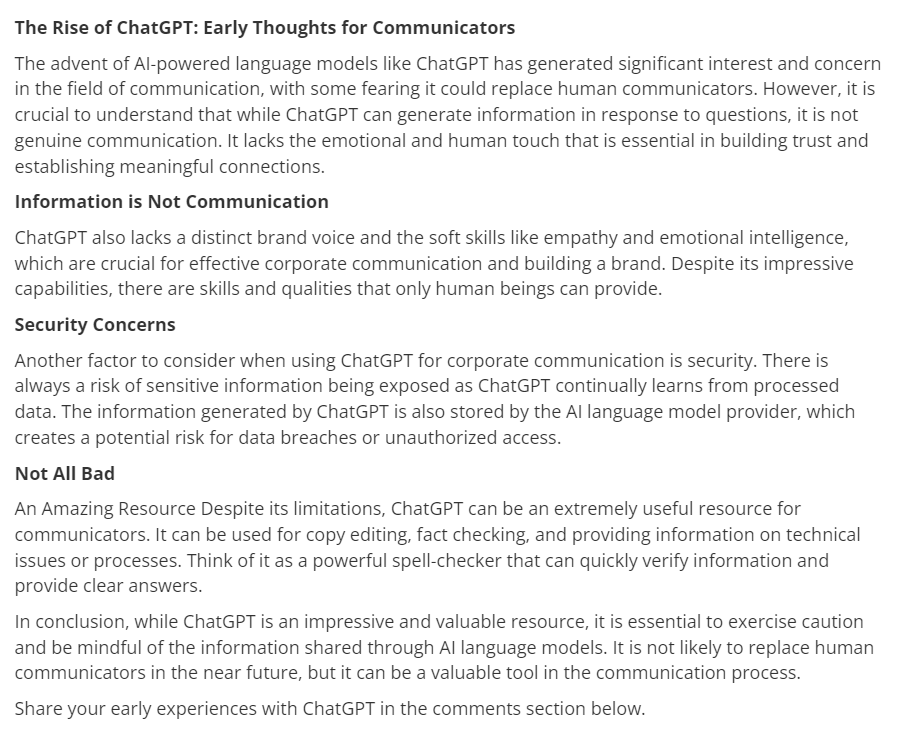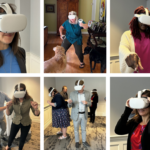Some Early Thoughts on ChatGPT for Communicators
By Steve Goodman,
Founder
February 8, 2023

(Actually, post by Steve Goodman with the assistance of ChatGPT)
The rise of AI-powered language models like ChatGPT have created a buzz in the world of communication, with many people eager to explore the potential of this cutting-edge technology and some even fearing that it may make their jobs obsolete.
While natural language AI represents a paradigm shift in the world of search and information gathering, it is not to be feared by communicators – except, perhaps, for its potential misuse.
Information is not communication
What much of the hype around ChatGPT fails to recognize is that information – no matter how easy to access and how well presented – is, by itself, not communication.
While ChatGPT is capable of generating information in response to our questions, it is important to remember that this information is not the same as genuine communication. While ChatGPT can pass a medical school exam, its lack of emotional and human touch prevent it from building trust and establishing meaningful connections with your audience.
ChatGPT lacks a brand voice. It can’t capture the right tone or convey the character of an organization or its individual leaders. It has none of the “soft skills” that are critical to effective corporate communications and building a brand. Abilities such as empathy, intuition, and emotional intelligence are critical for building strong relationships and fostering genuine connections with others. Despite the impressive capabilities of ChatGPT, it is important to remember that there are certain skills and qualities that can only be conveyed by humans.
I encourage you to challenge ChatGPT to draft a piece explaining record results or delivering tough news that has the right tone and in a voice that represents your organization. It can’t. You’ll find that the answers generated by ChatGPT are not representative of a single person or organization, but rather sound like what it is: a conglomeration of data from the internet. It has no soul and, thus, may not reflect well on your brand.
Information security concerns
Another consideration when using ChatGPT in corporate communications is security. As communicators, we are often working with non-public information. ChatGPT is always learning. It’s designed to continually learn from the data it processes. This means there is always a risk that confidential or sensitive information could be exposed.
Additionally, the information generated by ChatGPT is processed and stored by the AI language model provider, which creates a potential risk for data breaches or unauthorized access. In 2021, Amazon issued a warning to its employees not to use AI language models like ChatGPT for sensitive or confidential information due to the potential security risks.
More recently, Business Insider reported that Amazon warned its employees again after seeing answers on the platform that closely matched the company’s proprietary information. This is a reminder that even secure channels are not foolproof and that we must always be mindful of the information we share with AI language models.
The lack of control over the information generated by ChatGPT and the potential for this information to spread beyond our control is a reminder to exercise caution and to think carefully about the information we share through AI language models.
ChatGPT is an amazing resource
Even with its editorial and security limitations, ChatGPT can be a helpful tool for communicators. In fact, I used it to generate an early draft of this blog simply by giving it an outline of my major points. The draft had no soul, but it did provide a lot of information that could be edited to what you’re reading now.
Other uses for ChatGPT include:
Copy editing: Although there are perhaps better tools specifically developed for copy editing, ChatGPT can be a useful and sometimes valuable resource for communicators looking to refine their copy.
Fact checking: In addition to copy editing, ChatGPT can also be a valuable resource for fact checking. The ability to quickly verify information through ChatGPT can be helpful, although it should not (yet) be used as a sole indicator of accuracy.
Tips creation: ChatGPT can also be a useful resource for learning and communicating “how tos,” whether for troubleshooting a technical issue or describing a process. For example, I recently had a question about how to do something in Workday. ChatGPT answered my question more clearly and fully than Workday’s own documentation. If I were writing an article on how to use a piece of software or equipment, ChatGPT would be the first place I would turn.
While these are just my first impressions of this new, impressive, and valuable resource, I have no fears that it will replace me or my team in the near future!
P.S. This is what I got back when I asked ChatGPT to review and edit the blog draft above. (I like my version better, but this is a perfect example of how ChatGPT strips out editorial voice.)
Click preview to enlarge:
Then it crashed my browser. I can take a hint!
What are your early experiences with ChatGPT? How are you using it? I’m interested in hearing your thoughts and welcome your comments below.
Audience engagement is a moving target: The platforms, channels, tools, best practices, skills, dynamics, demands, needs, and opportunities continue to rapidly change and proliferate. As an expert strategic communications agency with more than 400 years of combined experience across our team, SPI Group remains committed to guiding our partners toward resonance and results. We track the trends and set the pace for communications strategy and performance for our valued global Fortune 500 clients.
In celebration of SPI Group’s 25 years of client service, SPI Group is launching “25 Conversations Charting the Course of Communications.” Follow us on social media – Facebook, Twitter, LinkedIn – and on our website at SPIGroup.com to learn more about this keystone initiative to convene thought leaders, create meaningful conversations, fuel collaborative thinking, and carry forward communications excellence throughout the coming year.







